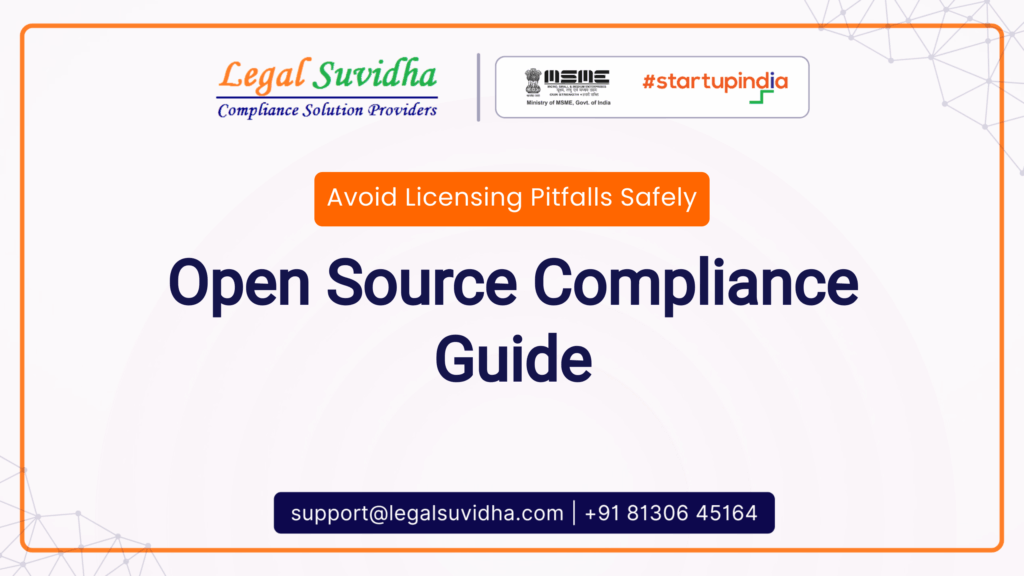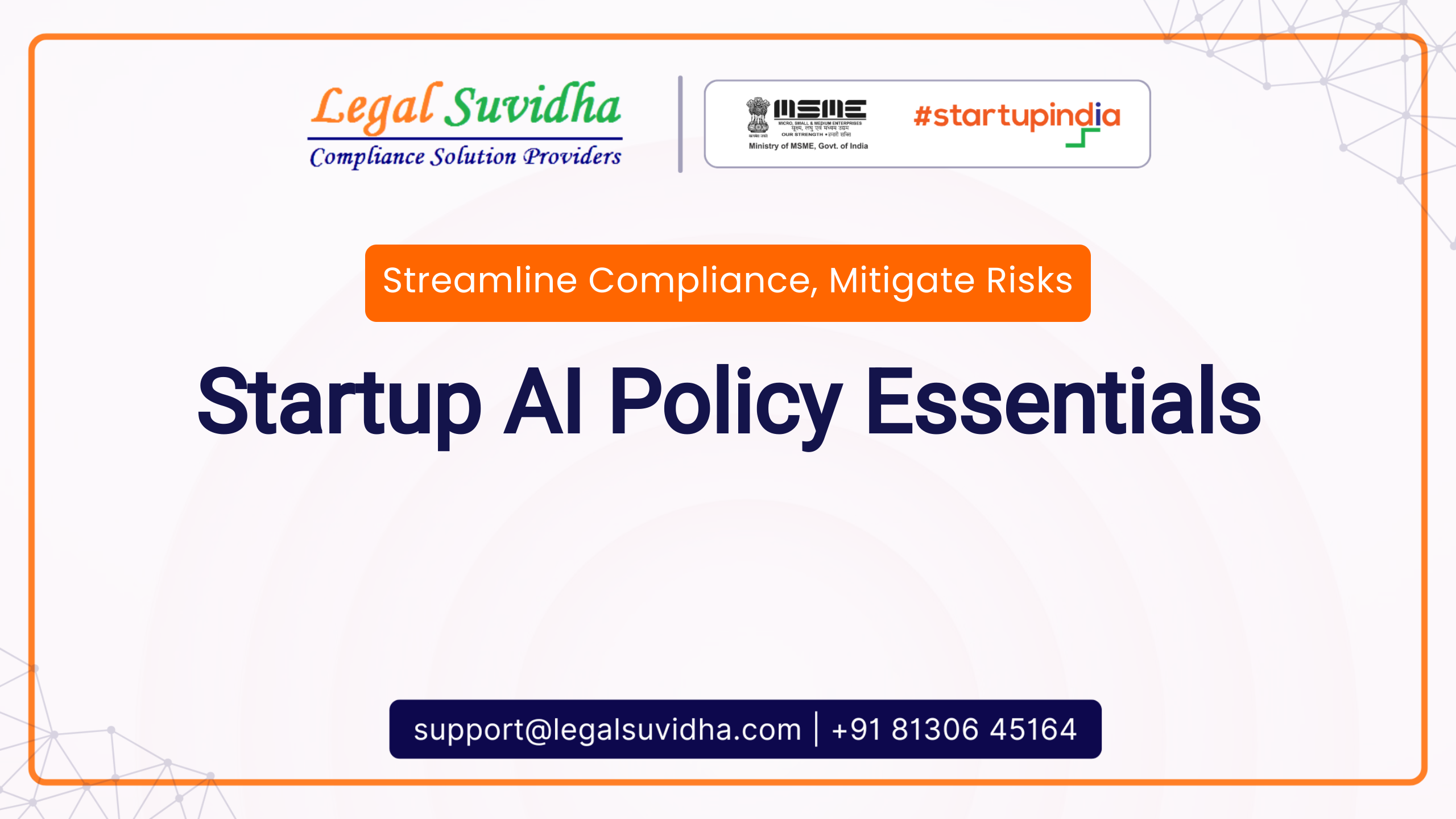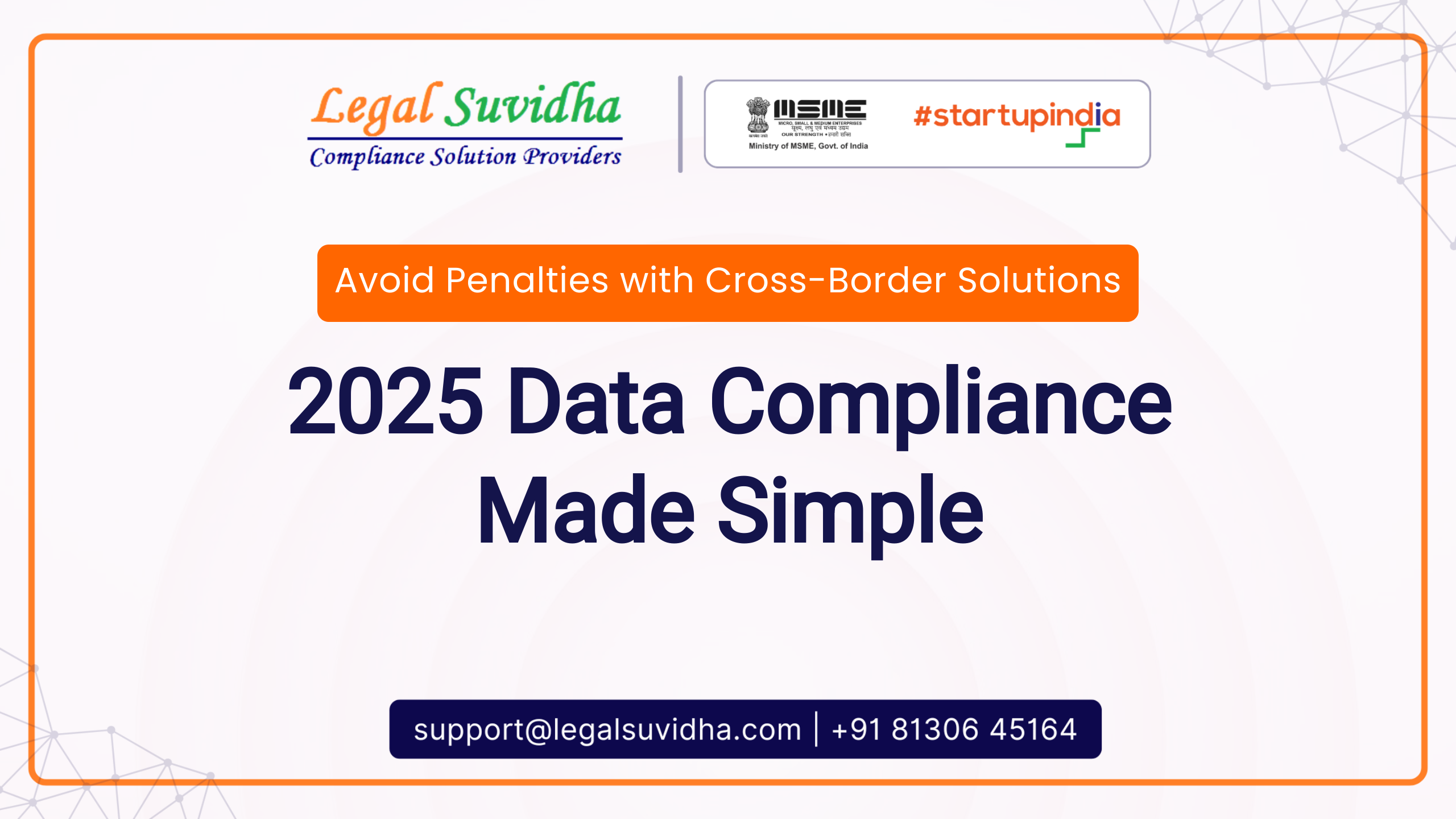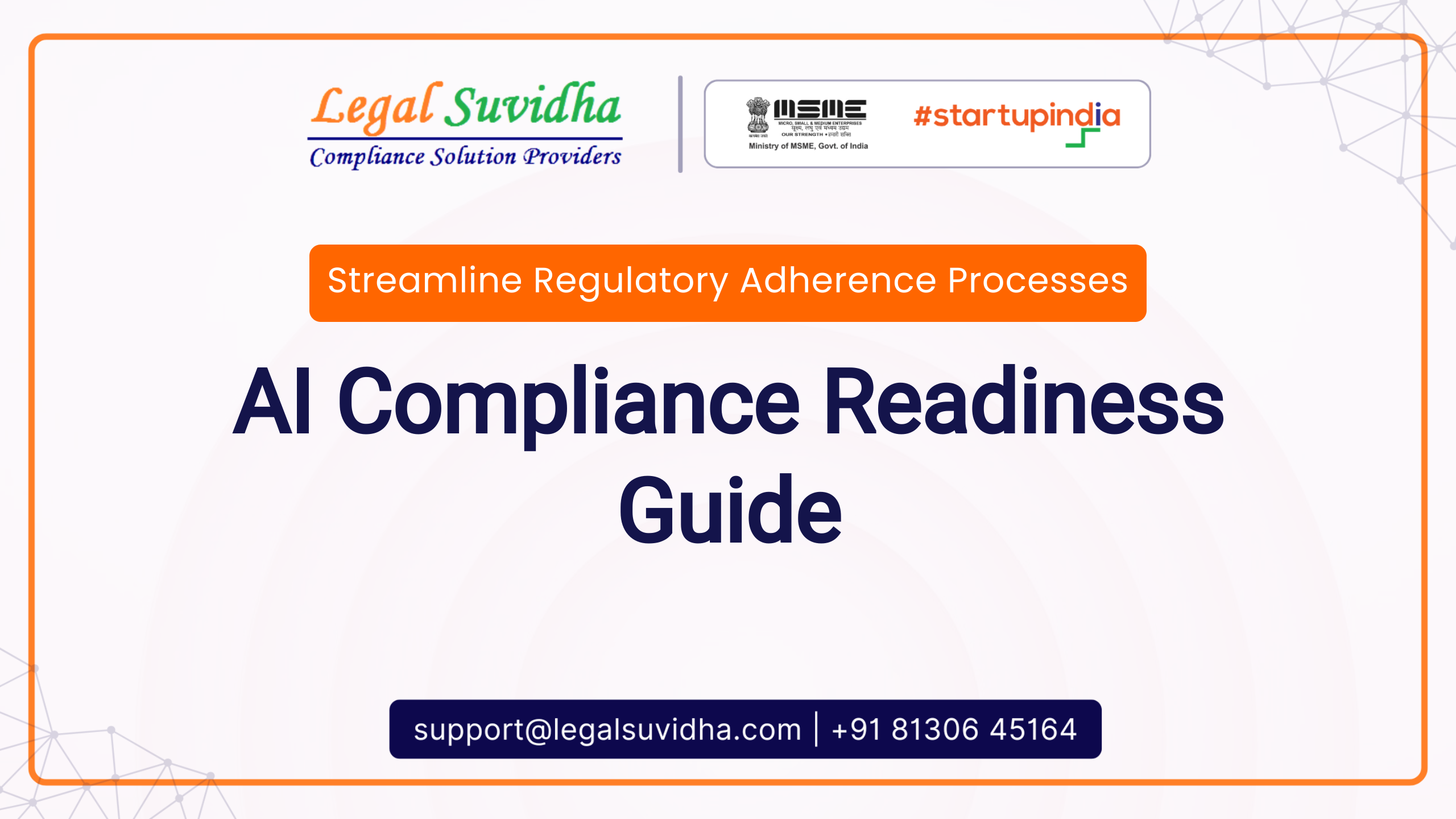5 Critical Open Source Compliance Do’s and Don’ts (Avoid Legal Blunders)
“83% of Companies Use Open Source Code Without Proper Compliance Checks” – Linux Foundation
You just deployed your SaaS platform after months of development. The investors are thrilled, customers are signing up, and your team celebrates with coffee mugs branded with your logo. Then the email arrives: a legal notice from a Fortune 500 company claiming your code violates their open source license. Suddenly, growth metrics don’t matter. All that remains? A six-figure settlement and a stalled IPO.
The Midnight Email That Shattered a Startup’s Dream
Take TechNovo, a Chennai-based SaaS startup. They built their AI analytics tool using “free” open source libraries. Three months post-launch, their CTO received a copyright infringement notice. A component in their stack required mandatory source code disclosure under GNU GPL – which they’d ignored. The result? Forced to open their proprietary algorithms or pay ₹92 lakh in penalties during their Series A push. Their Startup India Registration benefits couldn’t shield them from this oversight.
Why Getting It Wrong Costs More Than Money
Open source licensing risks aren’t hypothetical:
- Copyright lawsuits with 150% penalty clauses
- Forced IP disclosure erasing competitive edge
- Voided insurance claims due to non-compliance
- Investor abandonment during due diligence
In 2022 alone, 47 Indian SaaS firms faced IP disputes over mismanaged dependencies. Many had valid GST registrations but zero software IP protection strategies.
The Compliance Checklist That Saved $2M in Litigation
Here’s what works:
1. Do: Map Every Dependency (Including Dependencies of Dependencies)
Most open source licensing risks hide in transitive dependencies. Use automated scanners, not spreadsheets.
2. Don’t: Assume “Free” Means “Unrestricted”
AGPL requires SaaS providers to share modified code. MIT doesn’t. Mix them carelessly, and your entire stack becomes public.
3. Do: Implement SaaS Compliance Strategies Early
Embed checks in CI/CD pipelines. Train developers on copyleft vs permissive licenses.
4. Don’t: Ignore License Stacking Risks
Combining GPLv3 with Apache 2.0? That’s like mixing soda and mentos – explosive legal consequences.
5. Do: Audit Libraries Post-M&A
70% of software IP protection failures occur after acquiring teams with undocumented codebases.
How LegalSuvidha Shields Tech Companies
We’ve prevented ₹18 crore+ in penalties for clients using our 5-layer defense:
- Automated License Audits with compliance scores
- Risk Heatmaps for SaaS compliance strategies
- Developer Training Modules
- 24/7 License Conflict Monitoring
- Custom Compliance Reports for Investors
As one client said: “They caught 14 license mismatches our engineering team missed. Literally saved our patent filing.”
Act Now Before Your Stack Becomes a Liability
DIY Path (High Risk):
1. Use FOSSology for dependency scans
2. Cross-check licenses on India’s IP Portal
3. Document approvals
Warning: 68% of self-audits miss nested obligations
LegalSuvidha’s Shield (Recommended):
Call/Message Our Compliance Experts Now:
• +91 8130645164
• [email protected]
• WhatsApp: Chat Now
Limited Time Offer: Free Compliance Gap Analysis for first 20 enquiries.
Don’t let hidden licenses torpedo your valuation. Whether you’re finalizing Startup India Registration or scaling globally – proactive compliance is cheaper than damage control.









